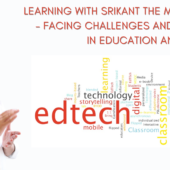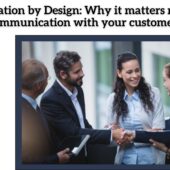When preparing for a potential PR disaster, organisations should take a few key strategies into account.
Acknowledgement
It is a best practice to acknowledge and correct any inaccurate information, even if a straightforward mistake was made with no apparent victim. For instance, software companies frequently include bug patches in their upgrades, even if they themselves found the flaws. But when there has been injury to individuals, things get more complicated and it is required to apologise, make amends and be considerate of other areas of the company’s operations that it may not have previously been.
Respond
It is crucial to remember that each situation calls for a different set of remedies. The tactic of gently responding to customer complaints can actually improve their loyalty after a crisis, since they perceive that the brand values what they have to say. Conducting corporate social responsibility [CSR] efforts after a crisis would help rebuild the company’s reputation.
Different strategies
There is a protocol that must be used. Depending on the situation, some courses of action are preferable to others. Only those who are truly innocent should deny. Otherwise, when the truth comes out, it could backfire and do more harm. If an organisation is at fault, the first course of action should be a sincere public apology, followed by a statement of regret and remorse. Corrective action is then very important. This can take many different forms, such as assurances of altered conduct or policies, the expulsion of offenders or some kind of compensation for people hurt by the company’s actions.
In today’s environment where information can be easily shared online, it is just as likely to fail miserably. Although completely avoiding a crisis is ideal, they are not always avoidable. When they do, businesses should be ready to react in a way that respects their stakeholders and is honest and dignified.


















